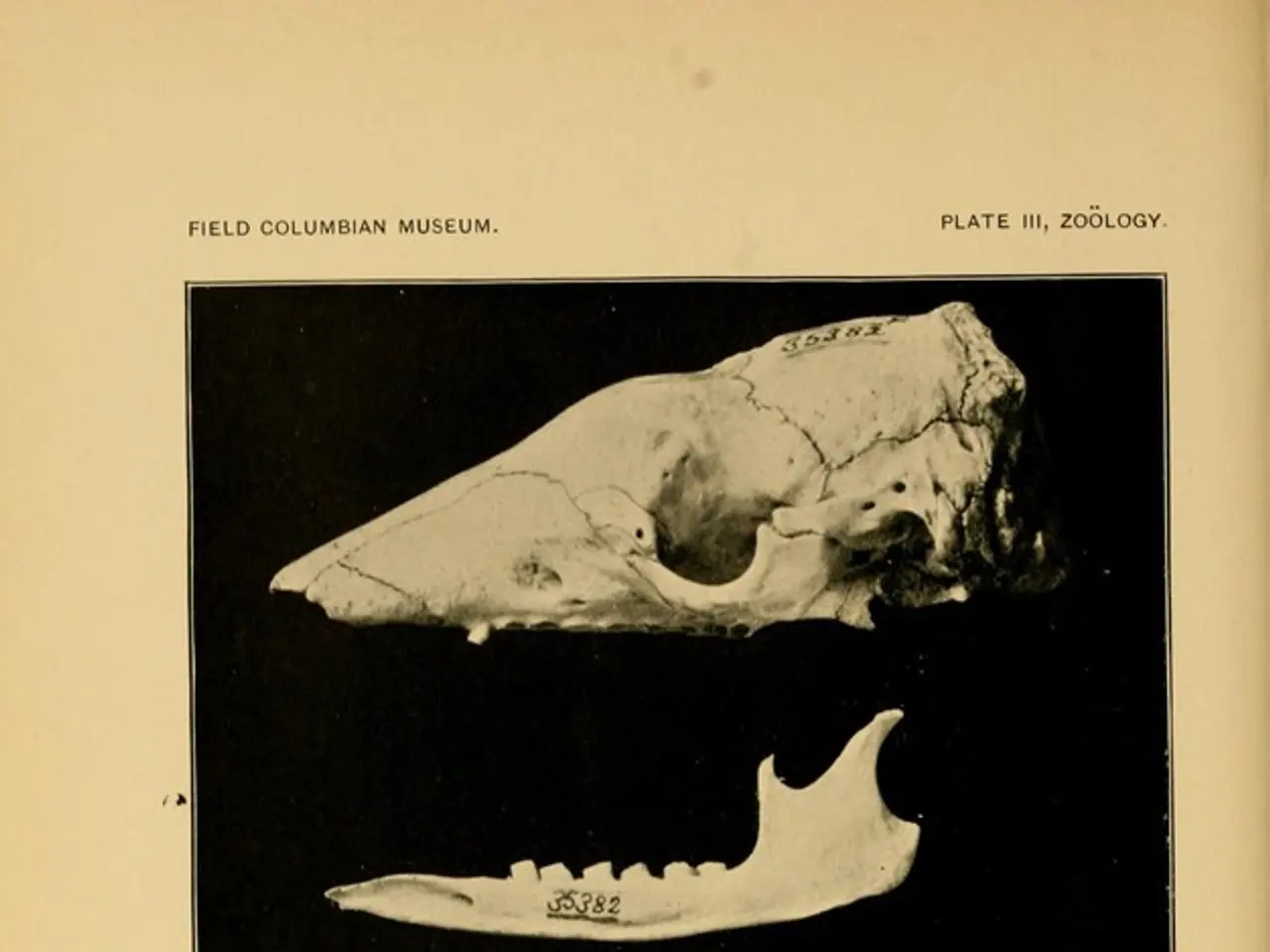Adipose Tissue Heating and Fat Reduction Through Cysteine Depletion: Cost Implications and Relevance Assessment
In recent studies, researchers have uncovered intriguing links between the semi-essential amino acid, cysteine, and weight loss. The findings suggest that cysteine restriction could potentially reprogram energy metabolism, increasing fat utilization over storage, and offering benefits for obesity-related conditions. However, it's crucial to approach this knowledge with caution due to potential negative effects on oxidative defense systems and essential metabolic pathways.
One significant discovery is that cysteine triggers the transition of white fat cells to brown fat cells, which burn energy and maintain body temperature. This transition results in high levels of weight loss and increased fat burning [1].
However, cysteine depletion also leads to a significant reduction in glutathione synthesis, impairing the cell's ability to neutralize reactive oxygen species and toxic compounds [2]. Prolonged cysteine depletion can lead to severe metabolic disruption and lethality [3].
The bioavailable sources of cysteine are high-protein animal foods such as poultry, red meats, fish, eggs, and dairy products like cheese, cottage cheese, yogurt, and milk [4]. Researchers have looked at fat tissue samples from participants who had restricted their food intake for over a year and found a reduced level of cysteine [5].
The CALERIE clinical trial, where participants reduced their calorie intake by an average of 14% over two years, provided tissue samples. The participants experienced subsequent weight loss, improved muscle health, and reduced inflammation [6]. However, the reduced inflammation could be a sign of decreased detoxification and healing due to lack of nutrients, not improved health [7].
Fasting for short periods of time for fat loss or healing is likely safe. Strategic fasting, where one fasts for a few days and then re-nourishes the body, could be an effective and healthy approach for fat loss, as it allows for detoxification and healing while avoiding malnutrition [8].
The discovery of cysteine's role in regulating the transition from white to brown fat cells could potentially open new therapeutic avenues for treating obesity. However, it's important to approach this knowledge with caution and understanding [9]. Monitoring antioxidant status and organ function is crucial, as well as further human studies to understand potential risks and optimal levels of cysteine intake for health and longevity [10].
References:
- Cysteine restriction reprograms energy metabolism in mice
- Cysteine depletion impairs glutathione synthesis and antioxidant defense
- Prolonged cysteine depletion leads to severe metabolic disruption and lethality
- Bioavailability and bioefficacy of oral cysteine in humans
- Reduced cysteine levels in fat tissue of calorie-restricted individuals
- CALERIE clinical trial results: Weight loss, muscle health, and reduced inflammation
- Decreased detoxification and healing due to lack of nutrients in CALERIE participants
- Strategic fasting for fat loss and healing
- Cysteine's role in regulating the transition from white to brown fat cells
- Monitoring antioxidant status and organ function during cysteine restriction
- In addition to weight loss, the discovery of cysteine's role in triggering the transition of white fat cells to brown fat cells could potentially offer benefits for chronic diseases like diabetes and heart disease.
- While cysteine restriction may promote energy metabolism and fat utilization for weight loss, it's important to consider the potential impact on health-and-wellness, as impaired glutathione synthesis might lead to increased medical-conditions related to oxidative stress.
- Many high-protein animal foods, such as poultry, red meats, fish, eggs, cheese, cottage cheese, yogurt, and milk, are bioavailable sources of cysteine, making them essential components for a fitness-and-exercise-focused lifestyle.
- Nutritionists suggest that weight-management plans should also consider cysteine levels in the body, given its role in metabolism and fat utilization, and the potential benefits it offers in managing chronic diseases.
- Some studies have reported that cysteine supplements, like CBD oil derived from hemp, could provide an alternative source of this semi-essential amino acid, but further research is needed to understand their effects on the body and potential side-effects.
- Engaging in sports activities is beneficial for overall health, but an imbalanced diet lacking in essential nutrients, like cysteine, could hinder the desired results, particularly in terms of recovery and preventing chronic-diseases related to prolonged physical exertion.
- As the scientific community continues to unearth the intricacies of cysteine's role in the body and its impact on various metabolic processes, a holistic approach to education, health, lifestyle, fitness-and-exercise, and nutrition is key to achieving optimal physical well-being and longevity.




